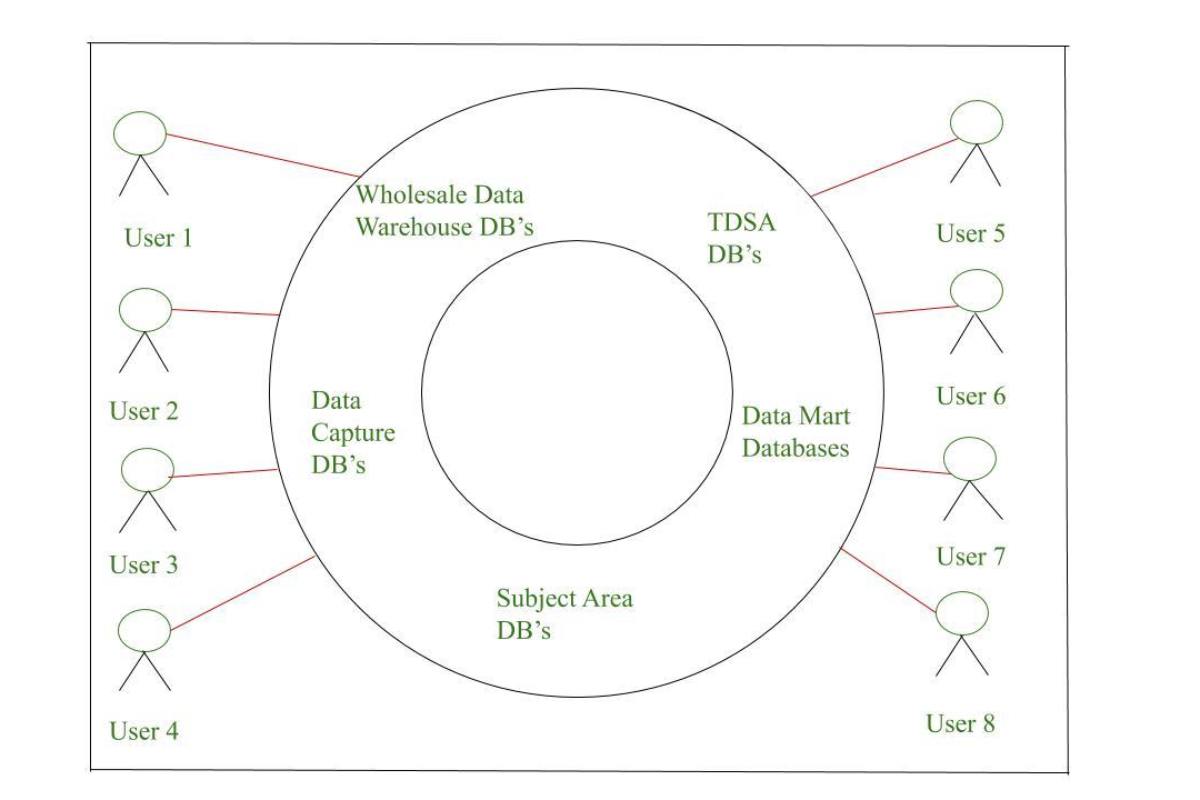How To Structure Your Enterprise Database – According to a survey conducted by Sisense on the state of business intelligence and analytics among 500 companies, it is found that 34% of those businesses were expanding the uses of their enterprise application solutions (customer relationship management and human resource management system). They conducted the operations by investing more effort and time in BI and analytics.
As a result, businesses need a robust enterprise database management (EDM) infrastructure if they want to use data and insights more effectively.
Therefore, dealing with data should be your top concern if you want your company to experience a true digital transformation, turn into a really data-driven organization, and find new methods to monetize the data it collects and stores in a database such as Microsoft business applications (Microsoft Excel and Microsoft PowerPoint).
The following article will guide you about enterprise database management systems, enterprise database environment, and the ways to build an enterprise database for long-term success.
What is Enterprise Database Management?
Enterprise database management is the process of centralizing, standardizing, and organizing data to generate precise insights that enhance a company’s decision-making and data utilization in general.
Enterprise database management is a broad range of actions intended to organize a company’s data as well as its workforce.
It takes extensive knowledge of the organization’s structure and internal and external procedures to establish an effective EDM system such as Microsoft business solutions (Powerpoint and Excel). Your company’s EDM team is concentrated on a collection of procedures, routines, and activities that span the full data lineage process.
Enterprise Database Management System
An Enterprise database management system allows 100 to 10,000 users to log in at one instance. It is used by small and large businesses to manage their enormous data sets. Businesses can boost their productivity by using such a database. Large enterprises with thousands of staff and busy web servers serving different concurrent online users can be handled by this type of database.
An enterprise database management system has the following features.
Parallel Query: Several users will put in their queries at the same time that will be answered in real time.
Support for Multiple Processes: The work can be distributed among a number of processes so it can be completed successfully in its entirety.
Clustering Features: It connects more than one server or database to a single case. It is because one server is not enough to handle the amount of data, and this is when the specific function comes in handy.
Enterprise Database Environment
Enterprise database environment has five types of database architecture connected to each other: original data capture, transaction data staging area, subject area, wholesale data warehouses, and data marts.
All of these databases are used for one or more functions that are common to all businesses.
Original Data Capture: Original data capture stores information about ongoing applications to the database. Data can be made by anyone, or it can come from the development of software.
TDSA: TDSA stands for “Transaction Data Staging Area,” which serves as a centralized location for the collection and organization of transactions originating from various sources. The data captured in this area includes details such as the time, units, and meanings of transactions, and is gathered from users who utilize different operating systems to improve overall efficiency.
Subject Area Database: The subject area database pulls information from one or more TDSA to make databases of large subject areas. Overall, there are as many subject databases as there are independent user resources.
Warehouse Database: A warehouse database is one that has information from many different databases in the same field. The data in data centers comes from databases in the same area.
Data Mart Database: A data mart database is a data storage system that is tailored to the business unit of an organization and holds the information relating to that unit.
The following picture gives a better understanding of the enterprise database environment.
Source: Geeks For Geeks
Here are some common enterprise databases.
- Oracle Database 18c
- Microsoft SQL Server
- IBM DB2
- SAP Sybase ASE
- PostgreSQL
- MariaDB Enterprise
What Does Enterprise Database Management do for Your Business?
Setting up a well-defined EDM framework is about making and following rules that will unify how your business uses data across all of its processes. Standardization is important for a business for many reasons.
First, this means setting up workflows for every business process in the enterprise. It includes figuring out the what, how, why, who, when, and where of data.
EDM covers the whole data lifecycle of an organization as mentioned below.
- It designs and describes data pipelines for each enterprise data type including metadata, reference data, master data, transactional data, and reporting data.
- It gives data structure definitions for each dataset being used. This means that the person using a particular dataset will know right away what kind of data it has and how it is organized.
- It makes sure that business rules are correct and are put into place in the right places as data is changed into the final product.
Building a System for Long-Term Success
A company’s success depends on how well it takes care of its data and data processes. If you use an enterprise data management system correctly, it can help your company make better decisions based on data, and make it easier to use the insights from your data in your products.
Aside from technology, it also makes your data and work culture more consistent, improves your internal decision-making and communication with your partners, and saves you time and money by making it cheaper to deal with bad data.
Setting up a robust enterprise database management system, such as Microsoft’s enterprise applications (Excel and PowerPoint), can prove challenging if your company currently lacks such infrastructure.
Every business is becoming a data business, so now is the best time to use enterprise database management and set up your business for long-term success.


